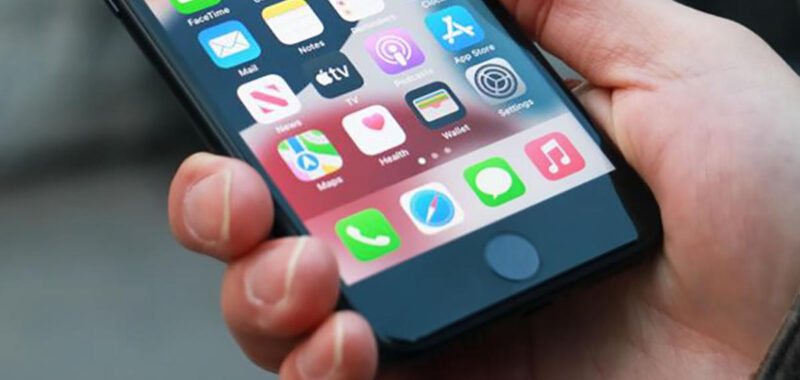Apple’s home button died on Wednesday at the age of 18, surrounded by family and friends (including its partner, Touch ID). The home button, which launched on the original iPhone and later spread to the iPod touch and iPad, was unceremoniously axed this morning with the release of the new iPhone 16e.
The iPhone 16e replaces the iPhone SE, switching to the full-screen design Apple first adopted with 2017’s iPhone X. Since the third-gen iPhone SE was the last remaining Apple product with a home button, that means there isn’t a single product left in Apple’s lineup that uses any version of the iconic feature.
Unless you pay close attention to these things, you may not have realized that the home button had several iterations through the years. It launched in 2007 as part of the first iPhone’s seismic arrival. That version pressed inward mechanically, bounced back up with a spring and lacked biometric authentication. (That’s right, kids, an old-fashioned passcode was your only option!) That first iteration also had a symbol on it: a square with rounded corners to represent app icons.
The same type of home button launched a few months later on the iPod touch, which Apple finally discontinued in 2022, and a few years later on the first iPad.
The home button was paired with Touch ID beginning with 2013’s iPhone 5s. Visually, it was marked by a surrounding metal ring, and the biometric sensors were housed under the button. That version still used a mechanical spring mechanism.
The Touch ID home button made its way to Apple’s tablet with the iPad Air 2 the following year. The lowly iPod touch never saw such highfalutin features.
Perhaps the least concerning change of 2016 was Apple’s transition to a solid-state home button in the iPhone 7. Like the trackpads in modern MacBooks, that version sensed your finger’s presses and used haptic feedback to simulate a click inwards.
The technical trickery did such a smashing job of fooling the brain that many users had no idea the updated button wasn’t physically moving. The change made it easier for Apple’s engineers to seal the phone — it was the first model with a water and dust resistance rating (IP67). The solid-state home button never arrived on the iPad, with Apple’s last home button-laden tablet (2021’s ninth-generation model) still pairing Touch ID with mechanical presses.
Before today’s news of the home button’s demise, the writing had been on the wall for a long time. The iPhone X (2017) was the first blow, with Apple describing the full-screen flagship as a product that would “set the path for technology for the next decade.” (Uh oh…) By 2022, Apple had removed the home button from the last iPad (moving Touch ID to its power / sleep button in the entry-level model) and discontinued the easily forgotten iPod touch. The third-generation iPhone SE, which also launched that year, ran the last leg of the home button marathon, chugging away by itself until it finally met its end today with the release of its Face ID-equipped successor.
It’s been a good run, home button, and you will be missed.

